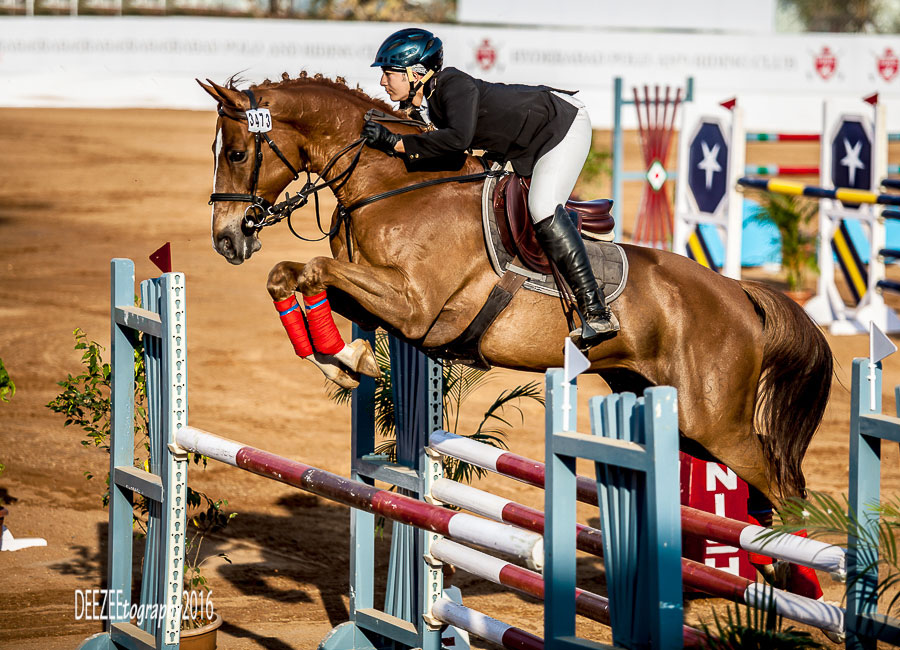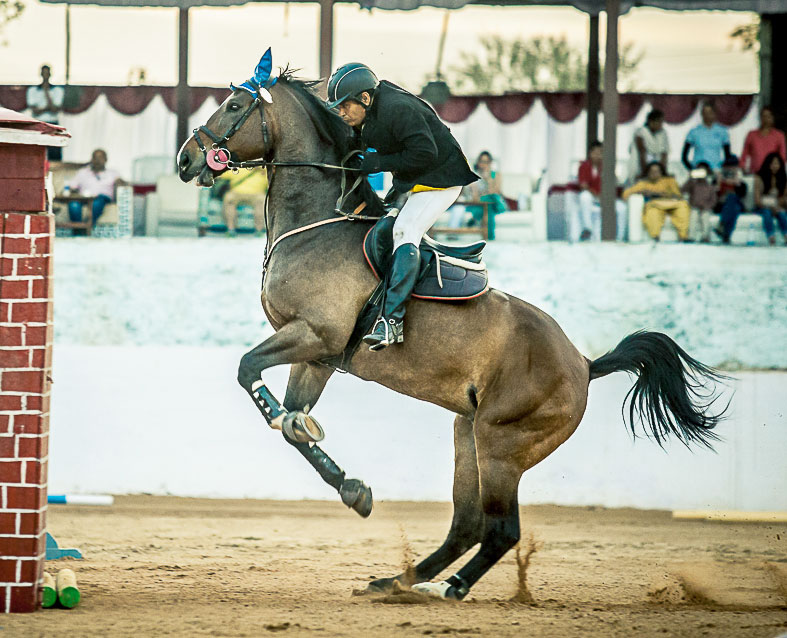Horseback Riding Rules
Dress Appropriately
Depending on what discipline you choose, it is important that you dress appropriately when riding. Tis doesn’t mean that if you choose to ride western that you need to wear chaps and a cowboy hat, but it does mean that you should wear the appropriate boots and close-ftting jeans and shirt. Te same is true for riding English. You don’t always need to be in breaches, but you should at least wear jeans and boots that won’t hinder you while riding. Te main reason or dressing appropriately is for safety. Flowing shirts that are either too big or not tucked in can become caught on tree branches, saddle horns, arena rails or fences. Te last thing you want is to be sitting on a horse and also caught on a fence. It won't be a comfortable position.
Boots aren’t just to make you look good. Boots are critical for foot protection. Tey protect your toes in case the horse accidentally steps on you. Tey also ensure that your feet stay properly positioned in the stirrups. Never ride in shoes with no heel. (A critical horseback riding rule)

Keep Your Hands Light
When riding, it’s crucial that you keep your hands light. One of the biggest mistakes that new riders do is to keep their reins tight at all times so that their horse’s mouth is gaping open. Riders that do this are said to have heavy hands and are using their reins to balance rather than sitting deep in their seat and using their lower body for balance.
You should never use your hands and the horse’s mouth for balance. Tis is a critical horseback riding rule. Violation of this rule will cause your horse to equate you with pain. It may also damage the sensitive tissues of the horses mouth.

Keep Your Heels Down and your shoulders back
When new riders are in an arena during a horse riding lesson, instructors often remind “Keep your heals down and shoulders back!” Keeping your heals down allows you to balance with your lower body rather than with your hands. Keeping your shoulders back, nsures that you have the proper posture to balance and ride in sync with the horse. Keeping your shoulders back also ensures that you are able to hold your head up and watch where you are going, instead of staring at your horse’s ears.
Never Drop Your Reins
Your reins are your direct line of communication. It is permissible to keep the reins loose to allow your horse to stretch his neck after a long ride or horseback riding lesson, but you should always have your hands on the reins.